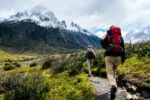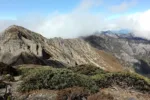19 Dangers of hiking (that you can avoid)
This post may contain affiliate links. This means that we may receive a small commission from purchases through those links. Read more in our affiliate disclosure.
Venturing into the wilderness, you face the dangers of nature’s unpredictable moods and your own human follies. A sunny hike can swiftly turn stormy, and overconfidence or poor planning can lead to peril. In the great outdoors, every step is a dance with the unknown, reminding us that adventure comes with its share of risks.

In this article we look into the different dangers that come with hiking, and how you can deal with each!
- Introduction
- Is hiking dangerous?
- Top Dangers of Hiking
- 1. Getting Lost
- 2. Dehydration
- 3. Wild Animals
- 4. Sun Exposure
- 5. Hypothermia
- 6. Falls
- 7. Bad Weather
- 8. Being Underprepared
- 9. Overestimating yourself
- 10. Poisonous Plants or Animals
- 11. Getting Caught in the Dark
- 12. Altitude Sickness
- Advanced Hiking Hazards
- 13. Avalanches
- 14. Blizzard or Snowstorm
- 15. Floods and Flash Floods
- 16. River Crossings
- 17. Rockfalls
- 18. Difficult Terrain
- 19. Wildfires
- Conclusion
Is hiking dangerous?
Hiking, like any outdoor activity, carries its inherent risks, but how dangerous is it really? To answer this, let’s look at some statistics and context. According to the National Park Service, the overall incident rate for visitors in U.S. National Parks is relatively low, with about 0.1 deaths reported for every 100,000 visits, which is significantly lower than the overall U.S. population mortality rate.
The majority of hiking-related incidents are preventable. Factors like being underprepared, underestimating the trail, or overestimating one’s abilities contribute significantly to hiking accidents. Injuries like sprains, fractures, and cuts are common, but with proper preparation, knowledge of the trail, and appropriate equipment, the risk of such injuries can be greatly minimized.
So, while hiking does pose certain risks, it is generally a safe activity when approached with caution and preparation. Our comprehensive hiking safety guide has all the information you need!
Top Dangers of Hiking
1. Getting Lost
One of the most common yet unsettling dangers a hiker can face is getting lost. This usually happens due to a combination of factors: poor decision-making, panic, and unfamiliar terrain. A trail that seemed straightforward can become confusing, especially in areas where paths aren’t well marked or in dense forests.
To prevent getting lost, the first step is always to have a detailed map of the area and a compass – and, importantly, the knowledge to use them effectively. In today’s digital age, GPS devices and smartphone apps can be handy, but they should be used with care, as batteries can die and signals can be unreliable in remote areas. If you don’t bring a paper map, carry a power bank, and use offline maps!
Stick to marked trails and avoid taking ‘shortcuts’ that deviate from the established path. If you find yourself unsure of your location, it’s better to backtrack to a known point rather than venturing further into the unknown.
Should you find yourself lost, do not panic. Stay calm and try to retrace your steps. If retracing is not possible, stay put and make yourself visible and audible for rescuers. Panic leads to poor decisions; staying calm helps you to think clearly and make better choices.
2. Dehydration
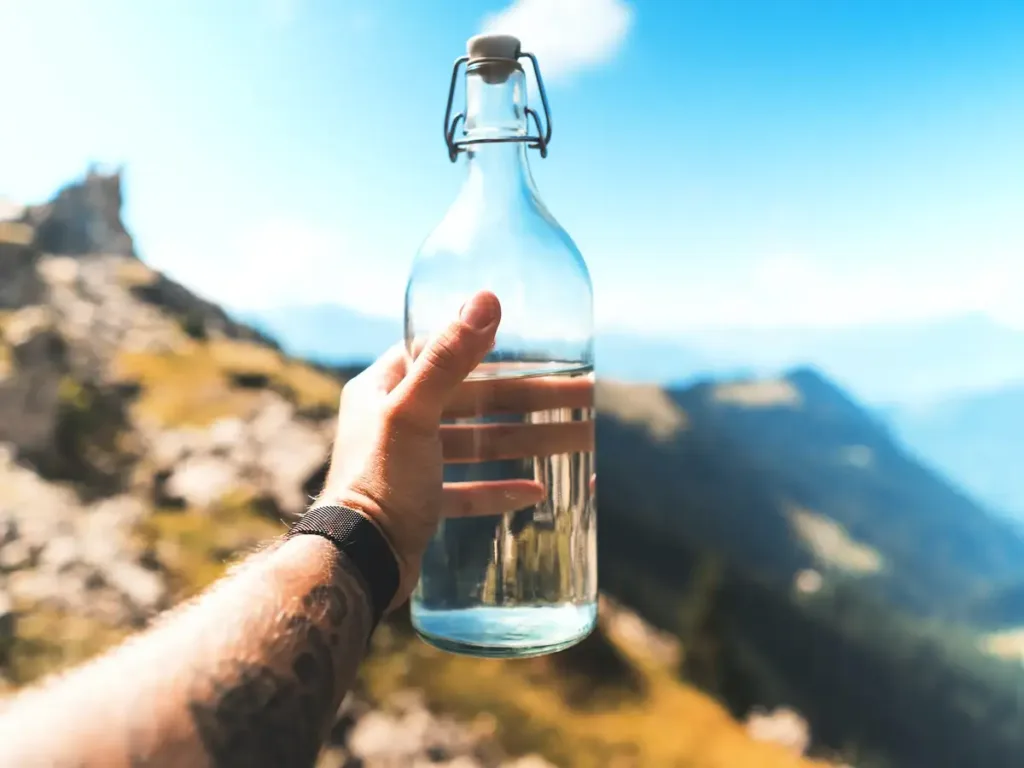
Dehydration is a serious risk while hiking, particularly in warm or dry conditions. It occurs when your body loses more fluids than you take in, impacting your ability to hike and make sound decisions. The importance of maintaining adequate water intake cannot be overstated.
In dry climate, be especially careful – you might not even notice you’re sweating, because it evaporates immediately.
To prevent dehydration, start hydrating before you even hit the trail. Carry enough water for your hike, keeping in mind that the average person needs approximately half a liter of water per hour of moderate activity in moderate temperatures. In hotter conditions or during more strenuous hikes, this requirement increases.
Always know where your next water source is and have a plan to purify water from natural sources if necessary. Never rely solely on water availability in the wilderness, as sources can be seasonal or contaminated. Symptoms of dehydration include thirst, dry mouth, tiredness, and decreased urine output. If you notice these signs, stop, rest, and hydrate immediately.
3. Wild Animals
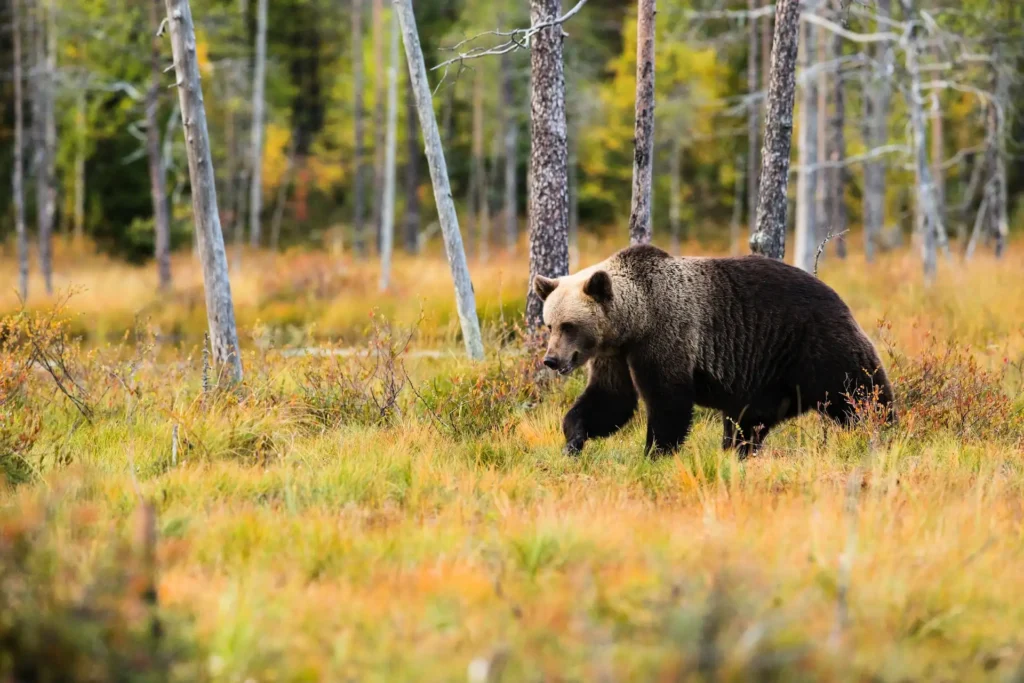
Encounters with wildlife are both a thrill and a risk of hiking. Bears, mountain lions, and snakes are among the potentially dangerous animals you might encounter. While attacks are rare, it’s essential to know how to minimize risks and react if you encounter these animals.
Bear encounters can be prevented. Make noise while hiking to avoid startling bears. If you do encounter a bear, stay calm, speak in a calm voice, and slowly back away. Never run or climb a tree, as this can trigger a bear’s predatory instincts. Bear spray can be an effective deterrent in close encounters.
Mountain lions are elusive, but if you encounter one, maintain eye contact, make yourself look as large as possible, and speak loudly to dissuade it. Again, do not run, as this may trigger a chase response.
Snakes, generally, will avoid humans if they can. Watch where you step and give snakes plenty of space. In the event of a snakebite, seek medical help immediately and keep the bitten area immobilized and below heart level.
4. Sun Exposure
When hiking, exposure to the sun’s ultraviolet (UV) rays can pose significant risks, including sunburn, heatstroke, and long-term skin damage. The intensity of UV radiation increases with altitude, making sun protection crucial, especially on mountain trails.
To safeguard against UV radiation, apply a broad-spectrum sunscreen with an SPF of at least 30 to all exposed skin, reapplying it every two hours or after sweating or swimming. Wear a wide-brimmed hat and UV-protective sunglasses to shield your face and eyes. Long-sleeved shirts and long pants made from light, breathable fabrics can also help protect your skin from the sun.
Stay aware of the symptoms of heat-related illnesses, such as heat exhaustion and heatstroke. These include headache, dizziness, muscle cramps, and nausea. If you experience any of these, seek shade immediately, hydrate, and rest until you feel better.
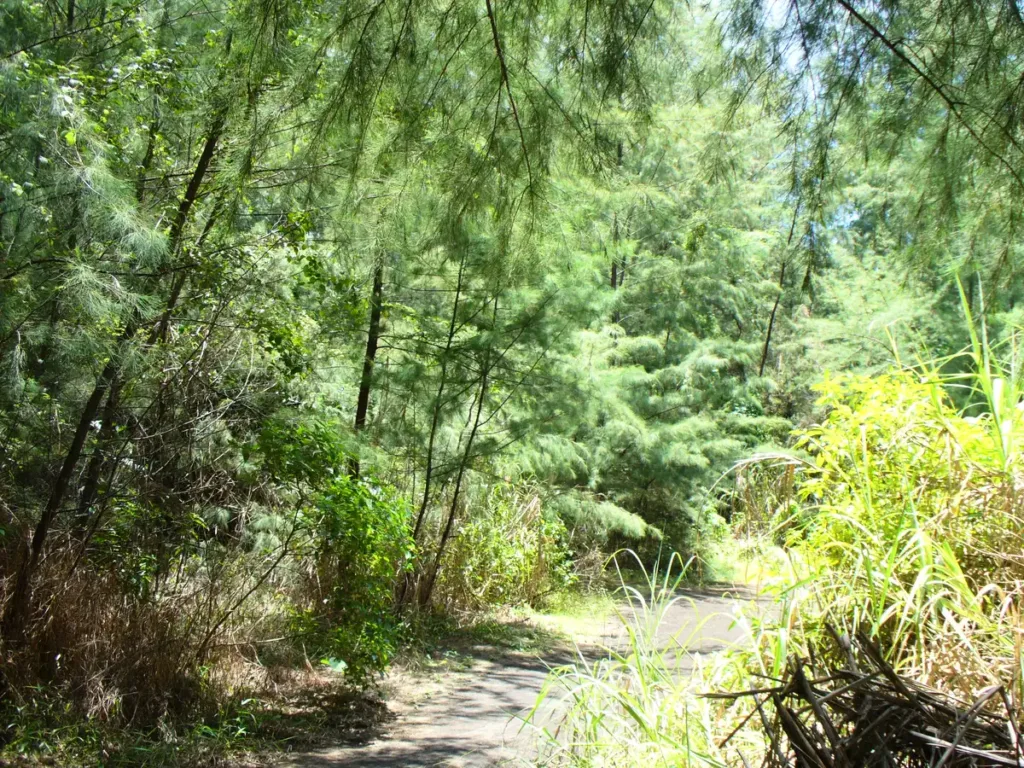
5. Hypothermia
Contrary to popular belief, hypothermia can occur even in temperate climates, especially when hikers are caught unprepared in rapidly changing weather conditions. It’s a condition where the body loses heat faster than it can produce it, causing a dangerously low body temperature.
To stay warm, wear layers of clothing that you can add or remove as needed. Focus on materials like wool or synthetic fabrics that retain warmth even when wet. Avoid cotton, as it loses insulation value when wet.
It’s also vital to stay dry, so carry a waterproof jacket and pants. In cold conditions, a hat and gloves are essential since a significant amount of body heat is lost through the head and hands. If you get wet, change into dry clothes as soon as possible.
Be aware of the early signs of hypothermia, which include shivering, slurred speech, clumsy movements, and fatigue. If you or your hiking companion starts showing these symptoms, it’s important to seek shelter, change into dry clothes, get warm, and hydrate.
6. Falls
Falls are a common and often serious danger in hiking, particularly on trails with uneven terrain, steep sections, or loose rocks. They can result in anything from minor scrapes to severe injuries, including fractures and head trauma.
To minimize the risk of falls, wear proper hiking boots with a good grip and ankle support. Be mindful of where you step and keep your gaze on the trail ahead. When hiking on steep or rocky terrain, take your time and use your hands for balance and support.
Using trekking poles can significantly improve stability and balance, reducing the likelihood of a fall. Additionally, avoid hiking in inclement weather, as rain, snow, and ice can make trails slippery and dangerous.
If you do fall, try to stay calm and assess yourself for injuries before getting up. If you’re injured, use your first aid kit, and, if necessary, seek help from your companions or call for rescue.
7. Bad Weather
Weather in the outdoors can change rapidly and unpredictably, turning a pleasant hike into a dangerous situation. Being caught unprepared in bad weather is a significant risk for hikers.
Always check the weather forecast before your hike and be prepared for changes. Carry appropriate gear for potential weather conditions, including a rain jacket, extra layers for warmth, and a shelter or emergency bivouac bag.
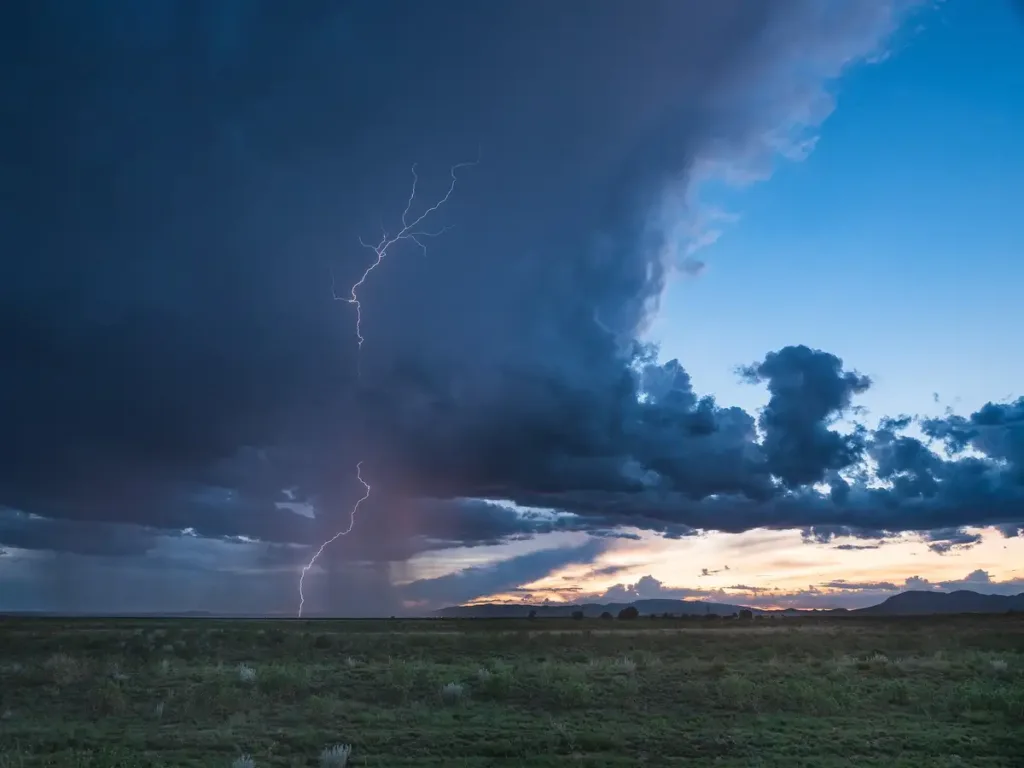
If you encounter unexpected bad weather, such as a storm or heavy rain, assess whether it’s safer to continue or to seek shelter. Avoid high points and open areas during thunderstorms, as these are more prone to lightning strikes.
8. Being Underprepared
Underpreparation is a significant danger in hiking, often leading to more serious problems. It encompasses a lack of proper equipment, inadequate knowledge of the trail and weather conditions, and insufficient physical preparation.
Equipment-wise, always carry the ‘Ten Essentials’ for hiking: navigation tools, sun protection, insulation (extra clothing), illumination (headlamp/flashlight), first-aid supplies, fire (waterproof matches/lighter), repair kit and tools, nutrition (extra food), hydration (extra water), and emergency shelter. This kit can make the difference between an uncomfortable situation and a life-threatening one.
Knowing the trail and weather conditions beforehand is crucial. Research the trail, understand its difficulty level, and ensure it matches your skill and fitness level. Check the weather forecast and be prepared for sudden changes.
Physical preparation is often overlooked. Hiking requires good physical conditioning, especially for challenging trails. Regular exercise, including cardio and strength training, can prepare your body for the rigors of hiking.
9. Overestimating yourself
Underestimating the difficulty of a trail and overestimating your abilities is a common mistake that can lead to serious consequences. Even trails rated as ‘easy’ can present challenges such as uneven terrain, steep sections, or unexpected weather changes.
Always research the trail beforehand. Look for information on its length, elevation gain, terrain type, and any known hazards. Reviews from other hikers can provide valuable insights into the trail’s conditions and difficulty.
Match the trail to your physical fitness and experience level. If you’re new to hiking or getting back into it after a break, start with easier trails and gradually work up to more challenging ones. It’s also important to pace yourself during the hike and take breaks as needed. You can use our hiking time calculator to predict the time you will need at your fitness level.
Often, you see people underestimating the danger of steep cliffs, walking very close to the edge for an impressive picture. You have to decide for yourself if an instagrammable shot is really worth going this close to an abyss – and if your legs are already shaky, just don’t.
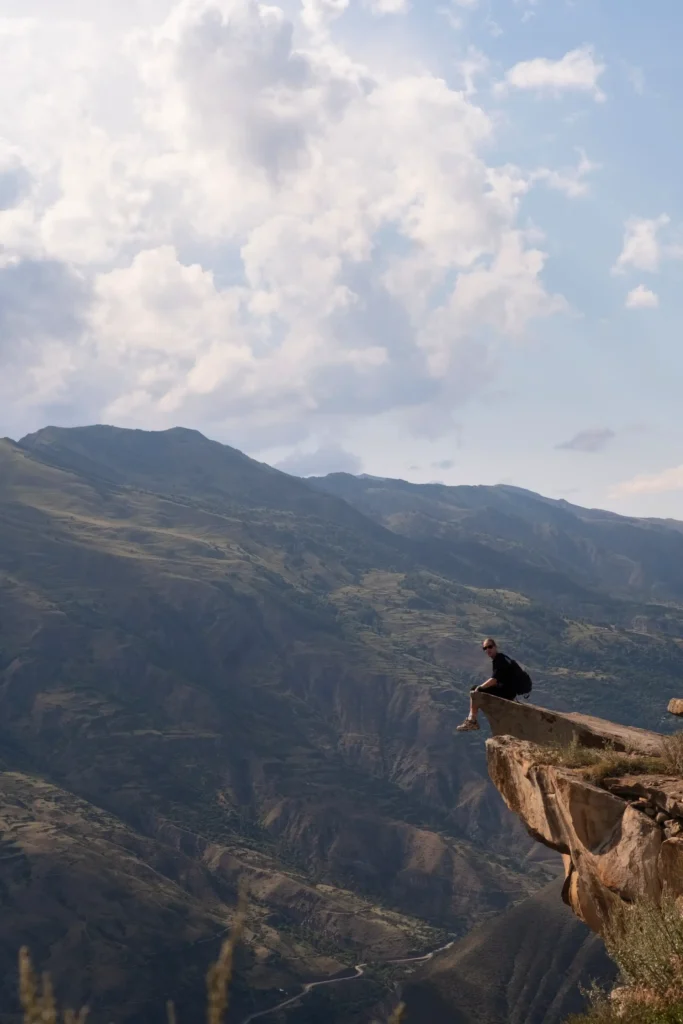
10. Poisonous Plants or Animals
Nature is home to various plants and animals, some of which are poisonous or venomous. Contact with or ingestion of these can cause reactions ranging from mild irritation to serious medical emergencies.
Familiarize yourself with the local flora and fauna before hiking. Learn to identify common poisonous plants like poison ivy, poison oak, and poison sumac. Avoid touching unknown plants and stay on marked trails to reduce the risk of contact. And never pet a fluffy caterpillar!
Be aware of venomous animals in the area, such as snakes, spiders, and scorpions. Watch where you step and place your hands, especially in rocky or densely vegetated areas. If you are bitten or stung, seek medical attention immediately.
11. Getting Caught in the Dark
Getting caught in the dark while hiking can be disorienting and dangerous. Reduced visibility increases the risk of getting lost or injured.
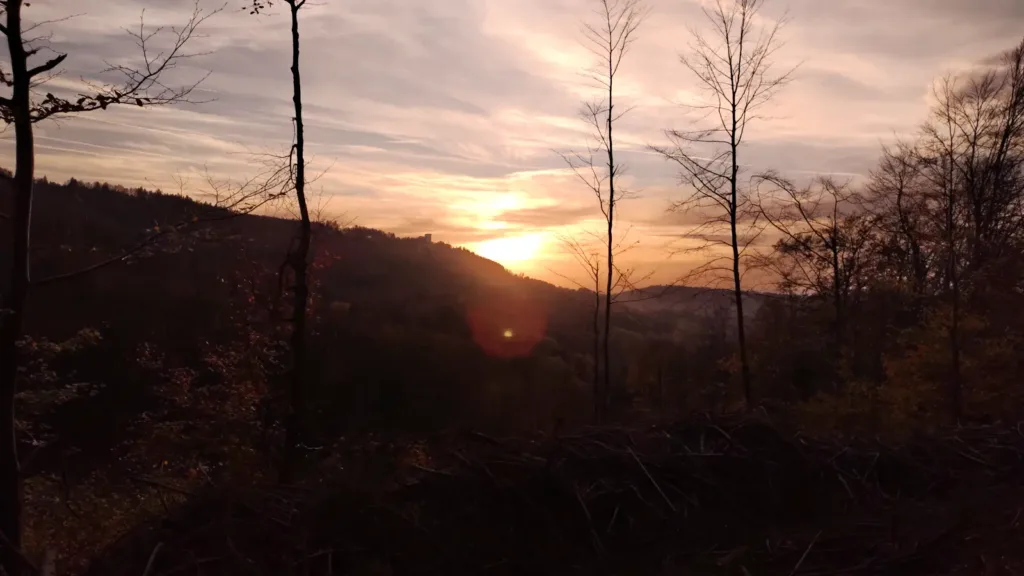
To prevent this, always check the time of sunset before your hike and plan to finish well before dusk. Be especially mindful while hiking on vacation: Close to the equator, the sun sets close to 6 pm even in summer. Carry a reliable light source, such as a headlamp or flashlight, with extra batteries.
If you do find yourself hiking in the dark, slow down and focus on the trail. Use your light source to navigate and watch for trail markers. In case you’re unsure of your route, it’s safer to stay put until daylight, provided you have the means to stay warm and safe overnight.
12. Altitude Sickness
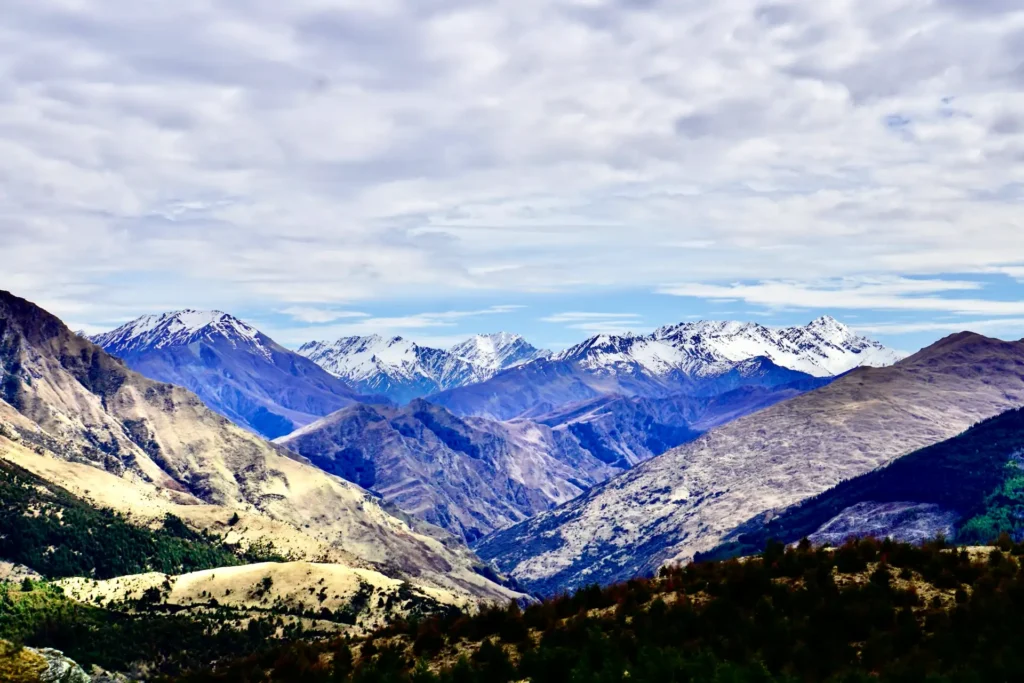
Altitude sickness, or Acute Mountain Sickness (AMS), is a risk when hiking at high elevations, typically above 8,000 feet (2,400 meters). It occurs when your body doesn’t acclimatize well to the lower oxygen levels at higher altitudes.
Symptoms of AMS include headache, nausea, dizziness, and fatigue. To prevent it, ascend slowly to allow your body to acclimatize. Spend a day or two at a moderate elevation before going higher.
Stay hydrated and avoid alcohol and sedatives, which can worsen AMS symptoms. If you start experiencing symptoms, the best treatment is to descend to a lower altitude as soon as possible.
Advanced Hiking Hazards
13. Avalanches
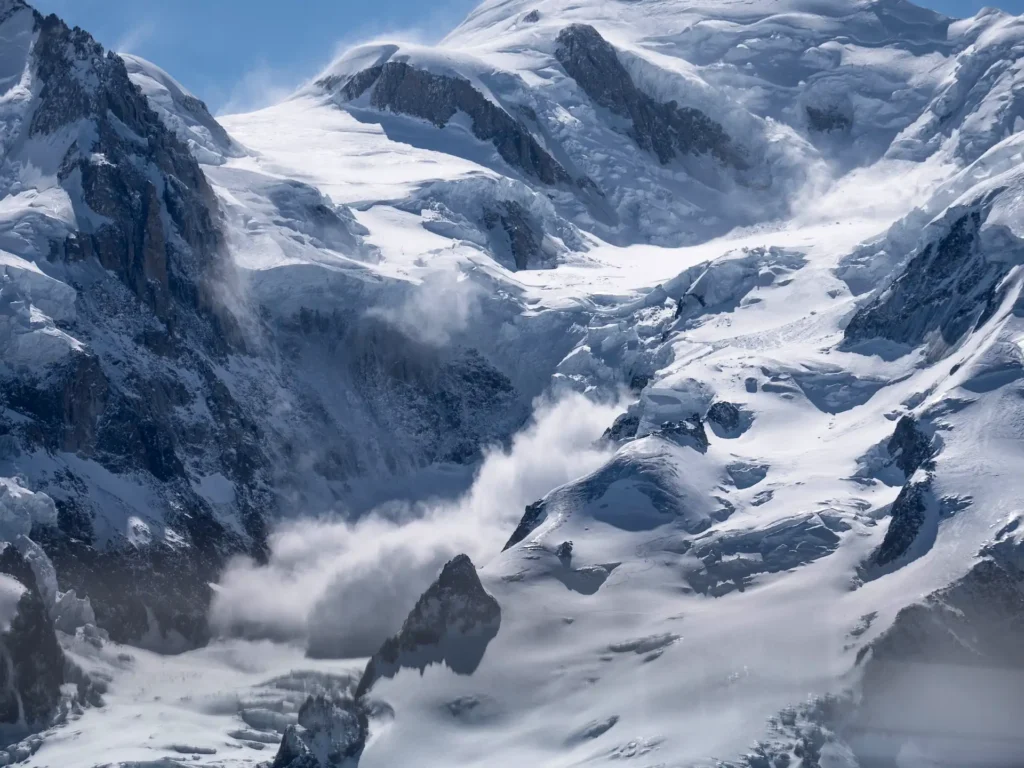
Avalanches pose a significant threat in mountainous areas, especially during winter and early spring. They occur when layers of snow collapse and slide downhill, potentially burying anything in their path.
To minimize the risk of avalanches, educate yourself about snow conditions and avalanche risks before embarking on a hike in snowy terrain. Check the local avalanche forecast and avoid hiking in areas with high avalanche danger. Be aware of the terrain that’s prone to avalanches, typically steep slopes with a gradient of 30 to 45 degrees.
If you must hike in an area with potential avalanche risk, carry avalanche safety equipment, including a transceiver, probe, and shovel. Knowing how to use this equipment is as important as having it. Also, learn and practice avalanche rescue techniques.
In the event of an avalanche, try to move to the side of the slide. If caught in an avalanche, attempt to push your hand or an object above the snow surface to help rescuers locate you.
14. Blizzard or Snowstorm
Hiking in a blizzard or snowstorm can be life-threatening due to reduced visibility, freezing temperatures, and the risk of hypothermia or frostbite. Before hiking in winter, check the weather forecast and avoid going out if a storm is predicted.
If you get caught in a blizzard, seek shelter immediately. If you can’t find an existing shelter, use a snow cave or emergency shelter from your pack. Stay dry and insulate yourself from the cold ground. Use your body heat and any available gear to stay warm.
Carry an emergency kit with extra warm clothing, a heat source like hand warmers, and high-energy food. It’s also essential to have a means of communication, such as a fully charged cell phone in a waterproof case or a satellite phone.
15. Floods and Flash Floods
Floods and flash floods are serious hazards, especially in canyons and low-lying areas. They can occur suddenly, especially following heavy rain or rapid snowmelt.
To avoid flash floods, be aware of weather conditions and forecasts.
Avoid hiking in canyons or near rivers if there’s a risk of heavy rain. If you notice a sudden change in water level or hear a loud rumbling upstream, move to higher ground immediately – you might only have a few seconds.
Never attempt to cross fast-moving water, either on foot or in a vehicle. The force of the water can be deceptively strong, and it only takes a small amount of fast-flowing water to sweep you off your feet.
16. River Crossings
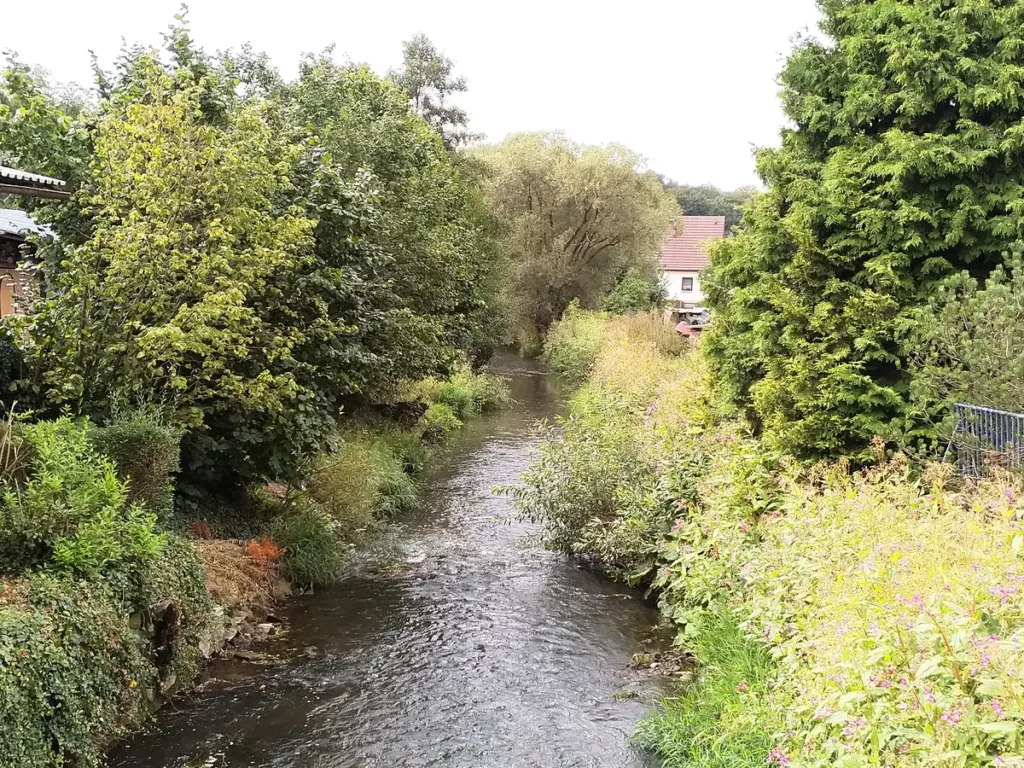
River crossings can be dangerous, especially if the river is deep, fast-flowing, or if the water is cold. When planning your hike, identify potential river crossings and check the water levels beforehand.
If you must cross a river, look for the widest part of the river, where the water is likely to be shallower and slower. Unbuckle your backpack before crossing so you can easily get out of it if you fall. Use a stick or trekking pole for stability, and face upstream as you cross.
Crossing with a group? Cross together, using each other for support. However, if the river is too swift or deep, look for an alternative route or wait for the water level to drop.
17. Rockfalls
Rockfalls are a hazard in mountainous or cliff areas. They can be triggered by natural causes like weathering and erosion, or by human activity.
When hiking in areas prone to rockfalls, stay alert and watch for signs like fresh rock debris. Avoid lingering at the base of cliffs or steep slopes, especially in areas with loose or fractured rock.
Wearing a helmet can provide some protection in areas known for rockfalls. Also, be mindful of your own actions, as you can inadvertently trigger a rockfall that endangers hikers below you.
18. Difficult Terrain
Difficult terrain, such as steep slopes, rocky areas, or dense underbrush, can present significant challenges, drain your stamina quickly, and increase the risk of injury.
When hiking in difficult terrain, take your time and watch where you step. Use your hands for balance and stability, and consider using trekking poles for additional support.
Good physical conditioning and flexibility can help you navigate difficult terrain more easily. Practice hiking in varied terrain to improve your skills and confidence.
Sprains and strains are common injuries in hiking, especially on uneven terrain. A sprain is a stretch or tear of a ligament, while a strain is a stretch or tear of a muscle or tendon. These injuries often occur when hikers lose their footing or overexert themselves.
The RICE procedure (Rest, Ice, Compression, Elevation) is an effective first-aid treatment for sprains and strains. Rest the injured area, apply ice to reduce swelling, use a bandage for compression, and keep the injured part elevated.
To prevent these injuries, it’s important to wear proper footwear with good support and tread. Warm up before hiking and take breaks to stretch your muscles. Strengthening exercises for your ankles, knees, and hips can also help.
19. Wildfires
Wildfires are a growing concern in many hiking areas, especially during dry seasons. They can spread rapidly and cut off escape routes.
Before your hike, check for any wildfire warnings or bans in the area. If you encounter a wildfire, move away from it and find a safe route out of the area. If escape isn’t possible, find a safe area clear of vegetation, such as a rock surface or a pre-burned area.
Never light fires in areas where they’re prohibited, and always fully extinguish any campfires. Be aware of your surroundings and have an emergency plan in case of a wildfire.
Conclusion
When embarking on a hiking adventure, there are inherent risks involved, primarily stemming from nature’s unpredictability and human error. Nature, in all its beauty, can be wildly unpredictable. Weather conditions can change rapidly, turning a sunny day into a stormy challenge in a matter of hours. Trails might be affected by recent weather events, leading to unexpected obstacles like fallen trees or eroded paths. Even the most experienced hikers can find themselves in precarious situations due to sudden natural changes.
Human error is another significant risk factor. Overestimation of one’s abilities, lack of preparation, and poor decision-making can lead to dangerous situations. Without a realistic understanding of your physical fitness and hiking skills, it’s easy to push beyond your limits. One common mistake is failing to inform someone about your hiking plan. If you get lost or injured, rescue teams will have a starting point to begin their search.
But there are ways to mitigate these risk – check out our comprehensive hiking safety guide! Always check the weather forecast before heading out, and carry essential gear, including a map, compass, and first-aid kit, even on familiar trails. With good preparation and knowledge of your own abilities, you can make your hike safer than the commute to the trail start!

